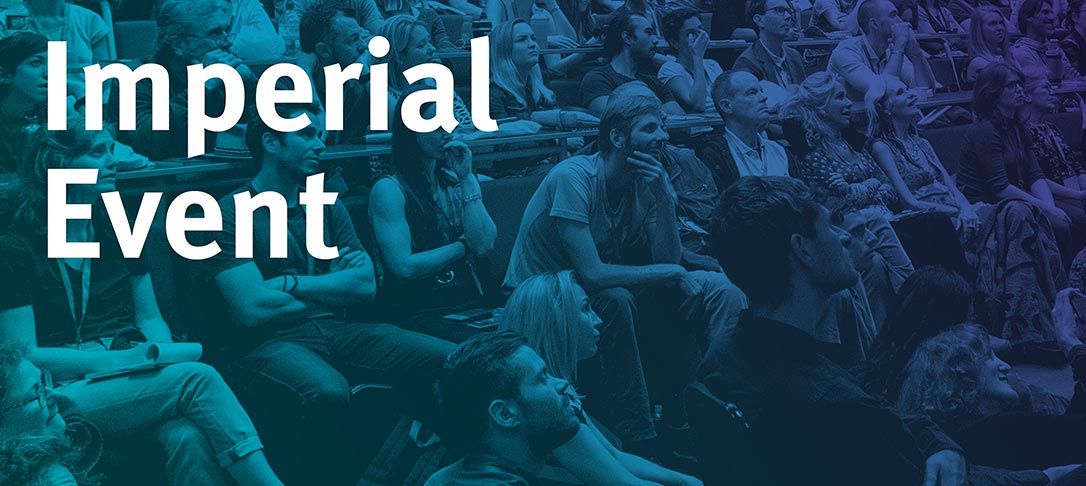
Abstract: Complex functional oxide heterostructures have been serving as a multi-directional platform for engineering novel interface functionalities. Recent technical improvements of the epitaxial growth techniques enable fabricating high-quality thin films and heterostructures. The phenomena occurring at their interfaces can be tailored depending on the choice of the constituents. However, the key factor dominating the interface functionalities is the control of interface sharpness. Perfect epitaxial grown and structurally sharp interfaces may be rough with respect to its corresponding chemical composition. Therefore, examining the interfacial structure and chemistry is vital for correlating with the physical properties.
In this lecture, I present investigations on various complex functional oxide heterostructures exhibiting different interface sharpness and, correlatively, different functionalities. Some exciting findings demonstrate the following: i) The growth technique, i.e. pulsed-laser deposition versus atomic layer-by-layer oxide molecular beam epitaxy, has a direct impact on the structural and chemical sharpness of the interfaces, ii) two-dimensional doping of La2CuO4-based multilayers results in different dopant distributions at both sides of the interfaces, which induce different superconducting mechanisms, iii) the choice of the dopant directly affects the interface sharpness, namely, dopant re-distribution, local octahedral distortions and thereby the interface functionalities. The effect of dopant distribution at interfaces on physical properties will be discussed.
Biography:
Prof. Dr. Peter A. van Aken leads the Stuttgart Center for Electron Microscopy (StEM), adding exceptional strength to the analytical capabilities of the Max Planck Institute for Solid State Research. StEM possesses outstanding expertise in scanning and transmission electron microscopy (TEM), focused ion-beam applications, and methodology development. Prof. van Aken’s research focuses on the atomic-scale characterization of interfaces, functional complex oxide hetero-structures, strained semiconductors, of optical properties of nanostructured thin films and plasmonic-active nanostructures, nanoparticles and nanomaterials, as well as of molecules on 2D materials. He uses and further develops the advanced scanning TEM techniques, electron energy-loss spectroscopy, energy-dispersive X-ray spectroscopy, in-line electron holography, in-situ TEM methods, strain mapping, quantitative high-resolution TEM analysis, different quantitative electron diffraction techniques, image processing and simulation, and 4D-STEM, electron ptychography and tomography. Prof. van Aken’s research mission is the advancement of the in-depth microscopic understanding of materials with respect to their functionalities and structure–property relationships.
In September 2019, the General Assembly of the Deutsche Gesellschaft für Elektronenmikroskopie (DGE) has elected Prof. Dr. Peter A. van Aken as Vice President for the period of 01.01.2020 to 31.12.2021 and as President for the period of 01.01.2022 to 31.12.2023. Prof. Dr. Peter A. van Aken is on the World’s Best List of the most cited scientists for the years 2018, 2019 and 2020 (“Highly Cited Researchers” from Clarivate Analytics). From January 2019 to June 2023, Prof. Dr. Peter A. van Aken is Coordinator and Principal Investigator of the European project ESTEEM3 (Enabling Science Through European Electron Microscopy), which is an integrating activity for electron microscopy, providing access to the leading European state-of-the-art electron microscopy research infrastructures, facilitating and extending transnational access services of the most powerful atomic scale characterization techniques in advanced electron microscopy research to a wide range of academic and industrial research communities for the analysis and engineering of novel materials in physical, chemical and biological sciences.


